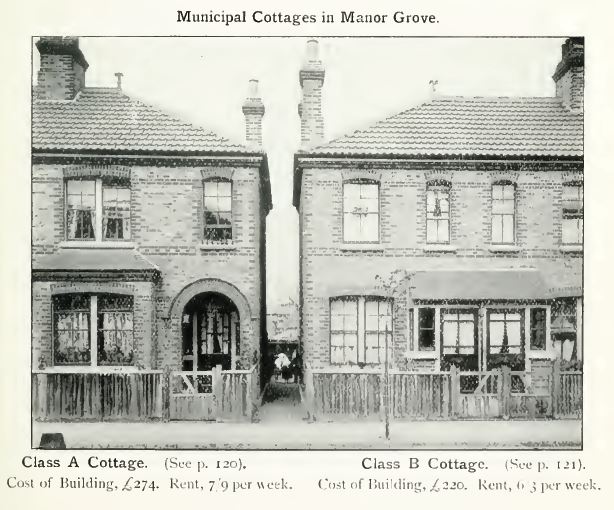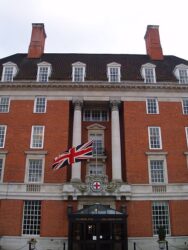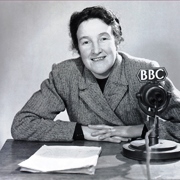(See also: Links)
On this page there are links to:
-
-
- an article on Richmond’s almshouses
- an article on the explorer Richard Burton, who went to school in Richmond and is buried in Mortlake
- East Twickenham Belgian Refugees Project – commemorating the “Belgian Village on the Thames” during the First World War
- John Cloake: Forty Years of Richmond History – an address given to the Richmond Local History Society by its then-President and Founder Chairman on 8 December 2003

- Manor Grove, Richmond and London’s first Council housing A posting on the Municipal Dreams blog tells the story of the “Richmond Experiment” as it was known. London’s first Council housing was built in Manor Grove, Richmond in the 1890s
- Richmond at War 1939-45, our project to collect http://healthsavy.com/product/levitra/reminiscences in Richmond town of World War II. This includes a surviving air-raid shelter in Manor Road allotments, Richmond, a surprise visit by Winston Churchill during the Blitz to the Anti-Aircraft Battery near Sheen Gate in Richmond Park and the ”Battle of Kew”: altercations in Kew in 1945 between local men and Italian prisoners of war
- Richmond Old Burial Ground, where more than 1000 graves, recording the deaths of over 2000 people, have been photographed and the inscriptions noted by a group of volunteers
- Stephen Orr’s timeline on Vineyard Passage Burial Ground in Richmond
- articles by our Society’s founder, the late John Cloake, and by present-day Richmond Park historian Dr Robert Wood, dispelling myths about Richmond Park. Did Henry VIII stand on what is now called King Henry’s Mound, to watch for a sign from St Paul’s (which is visible from the mound) that Anne Boleyn had been executed at the Tower of London? Find out more. And why is the strip of land immediately outside the park’s wall called the “deer leap” or “freebord“? Find out more. And Ralph Thompson at The National Archives writes about the restrictions on public access to Richmond Park in the 18th century and the attempts to overturn them. Read Ralph’s blog
- Richmond Poor Law Union application and report books Over 103,000 names of people applying for poor relief in Richmond Poor Law Union between 1870 and 1912 are now searchable, free of charge, on Surrey History Centre’s website
- an article on Ebenezer Robbins, Kew’s centenarian ironmonger and Secretary of Duke Street Church
- an article, based on Charlotte Papendiek’s memoirs, about members of the Royal Family, living in Kew, being vaccinated against smallpox
- two articles from our Richmond History journal on Richmond’s former Royal Star
and Garter Home. Stephen Spencer writes about the disputes concerning the building of the new home in the 1920s. Simon Fowler reflects on the remarkable philanthropy of British and overseas people, especially women, who gave money to establish it.
- two articles on St Anne’s Church, Kew – “Queen Anne’s Little Church” by David Blomfield and “The pew cushions in St Anne’s Church, Kew” by George Cassidy
- The servant problem – until the First World War virtually every household in Richmond employed servants to do the cooking, cleaning and a variety of other tasks. Even relatively modest households would have had a “skivvy” to help the mistress
- The Selwyn Family and the development of Richmond – the text of a talk given by Nick Selwyn to the Richmond Local History Society in 2009
- two articles on transport in Richmond
- The Vineyard, Richmond: an online history by Stephen Orr
- the history of Richmond’s Congregational Church in The Vineyard (now the Vineyard Life Church)
- a history of Walnut Tree Meadow Allotments in Ham by Dr Linna Bentley
- an article by Simon Fowler on local war memorials
-

